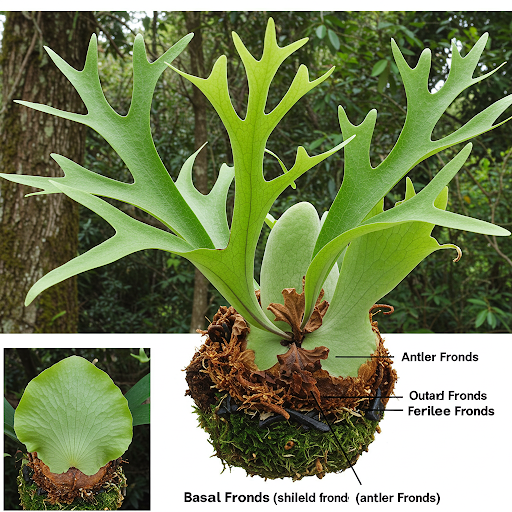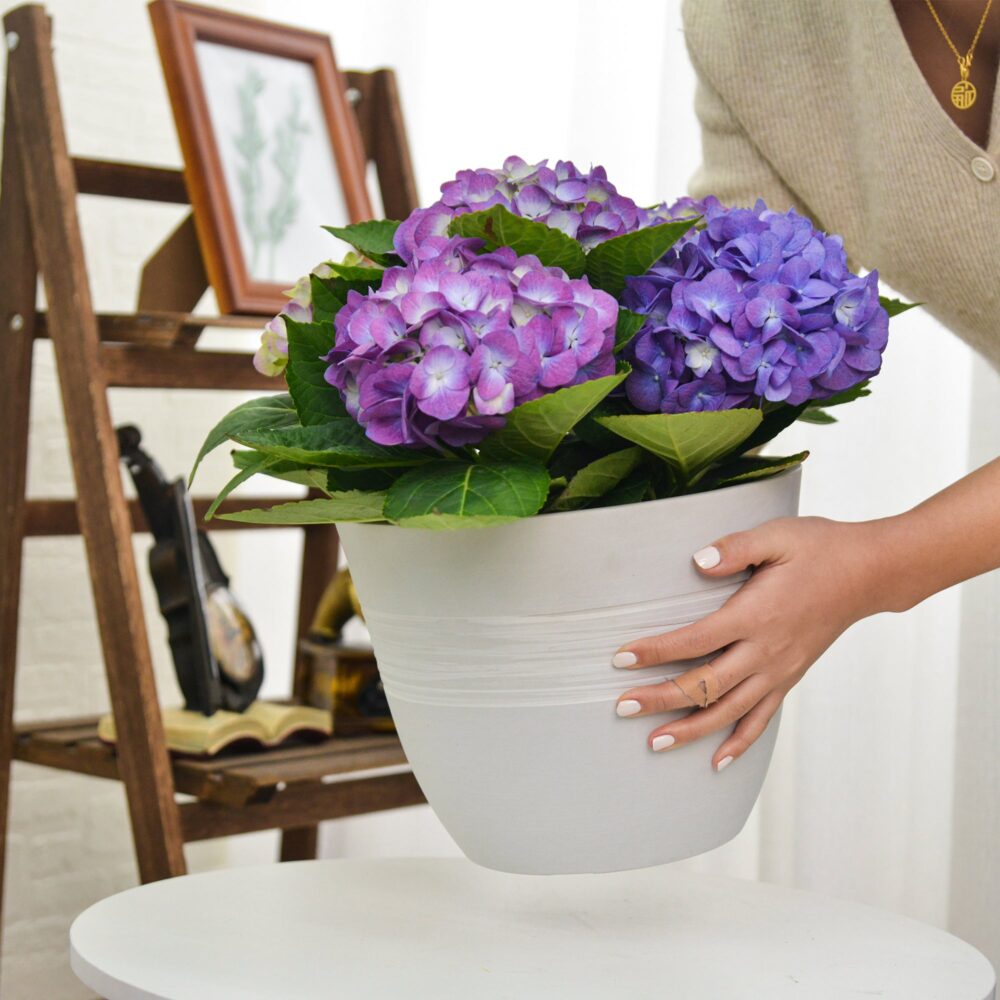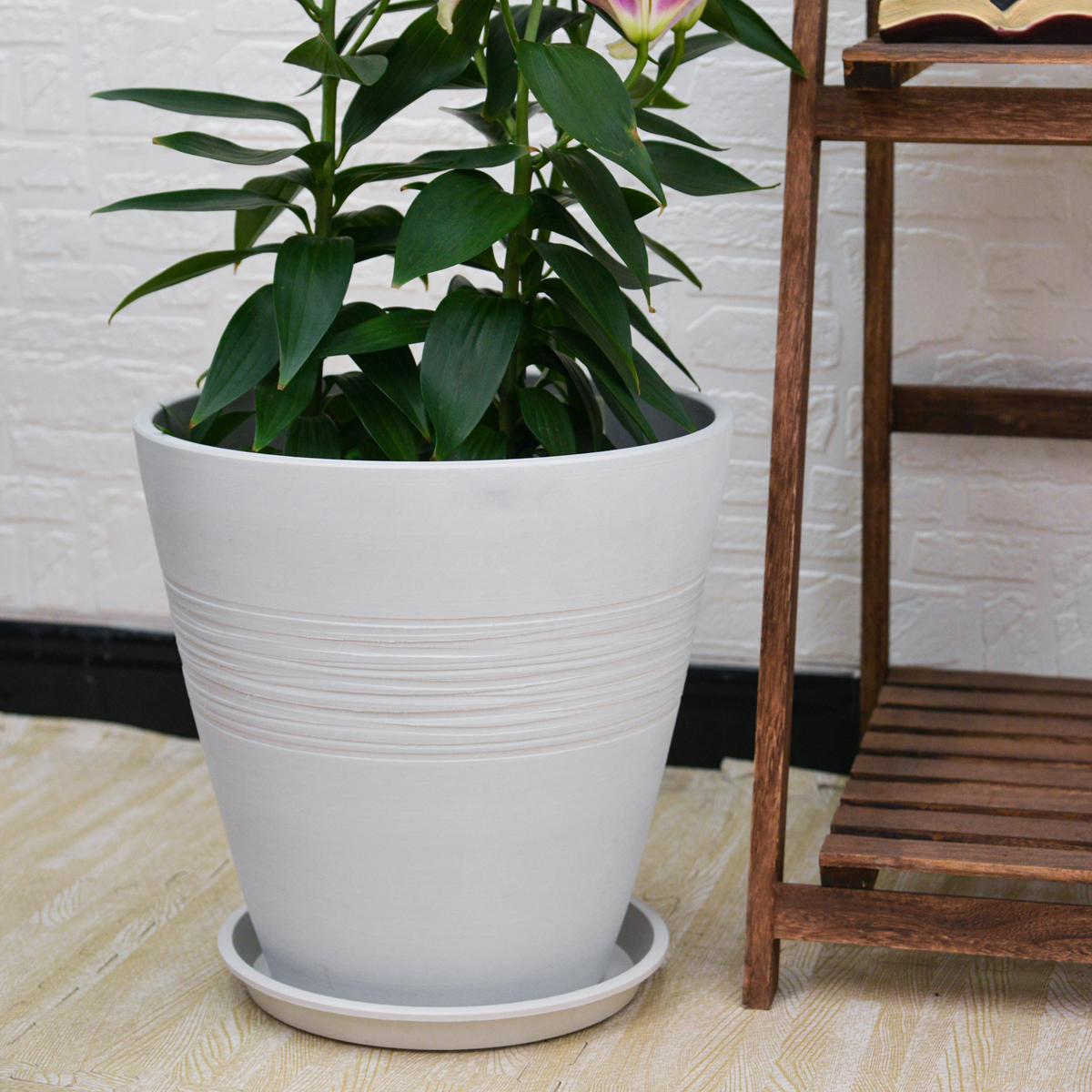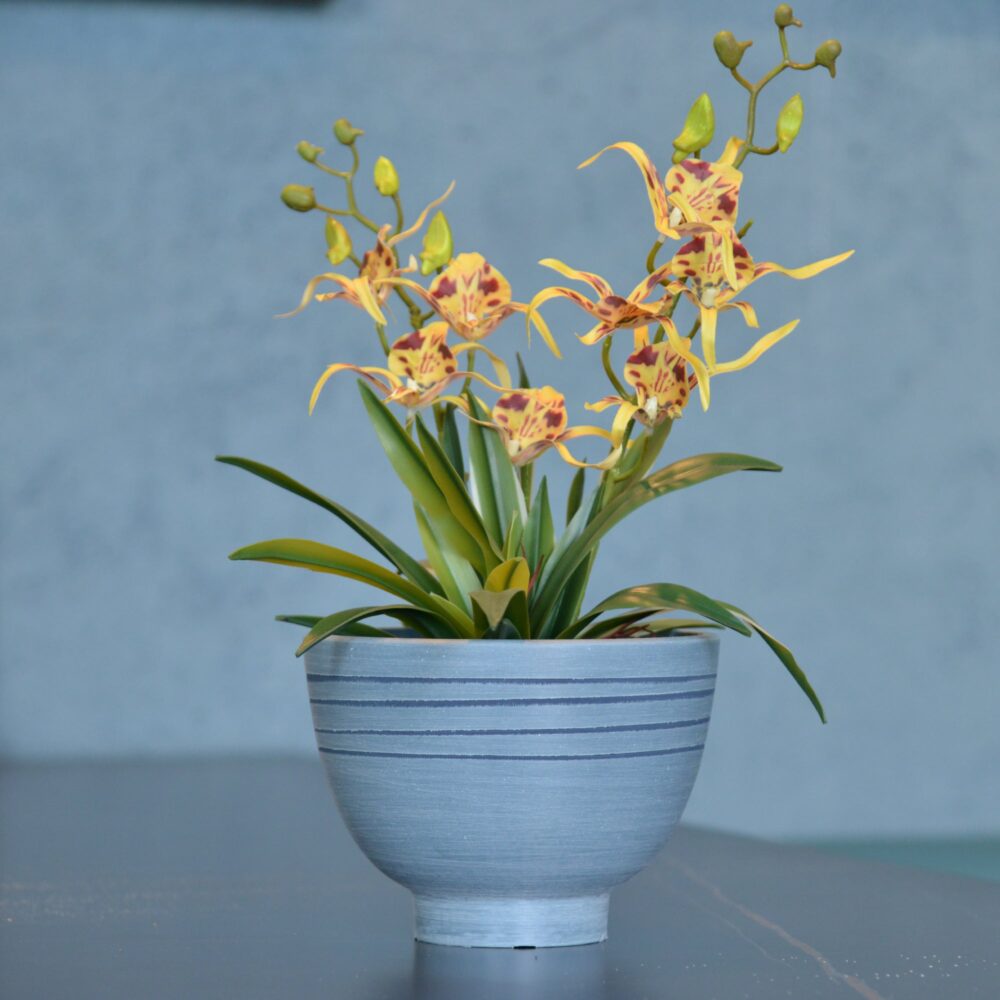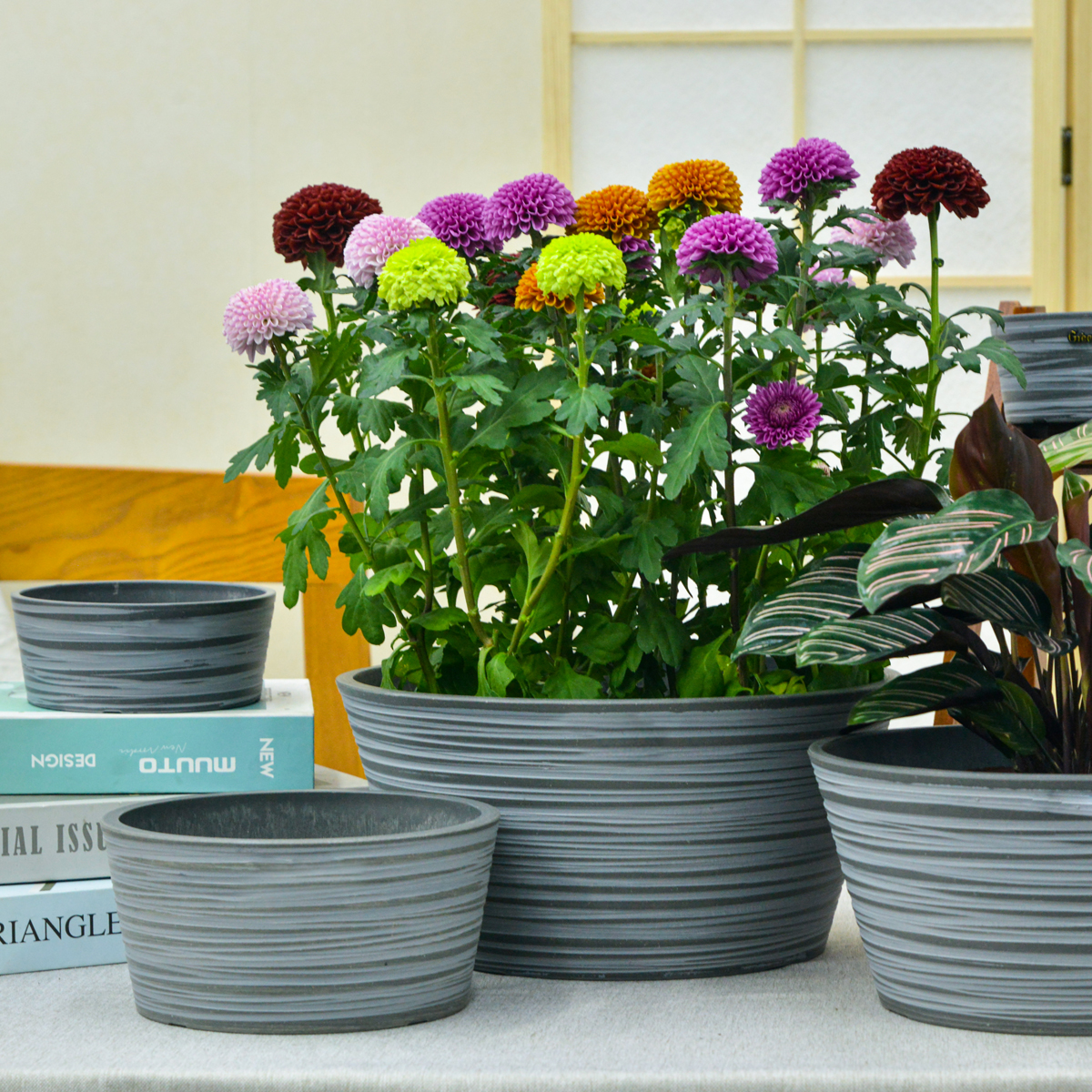What Are the Two Main Leaf Types Found on Staghorn Ferns? What Are Their Functions?
Staghorn Ferns (Platycerium spp.) are fascinating epiphytes with a unique growth habit. Unlike many other plants, they produce two distinct types of fronds (which are essentially their leaves), each serving a specific and crucial purpose for the fern’s survival and propagation. Understanding these two types of fronds will give you a greater appreciation for these remarkable plants.
The Two Main Frond Types of Staghorn Ferns:
Staghorn Ferns produce two very different-looking types of fronds:
1. Basal Fronds (also known as Shield Fronds):
- Appearance: Basal fronds are typically kidney-shaped, rounded, or sometimes even lobed. They start as green, fleshy structures that grow in overlapping layers at the base of the plant, often obscuring the rhizome. As they mature, they gradually turn brown and become dry and papery.
- Functions:
- Attachment: The primary function of the basal fronds is to attach the Staghorn Fern to its host, whether it’s a tree in the wild or a mount in cultivation. They grow and conform to the surface of the host, anchoring the fern securely.
- Water and Nutrient Collection: The overlapping nature of the basal fronds creates a cup-like structure that helps to trap rainwater, dew, and falling organic debris. This collected material decomposes over time, providing the fern with essential nutrients.
- Protection: The basal fronds can also offer some protection to the delicate rhizome and roots of the fern.
2. Fertile Fronds (also known as Antler Fronds):
- Appearance: Fertile fronds are the more visually striking and recognizable part of the Staghorn Fern. They are long, strap-like fronds that branch out and often resemble the antlers of deer or elk (hence the name “Staghorn Fern”). These fronds are typically green and can grow quite long, depending on the species and maturity of the fern.
- Functions:
- Photosynthesis: Like the leaves of other plants, the fertile fronds are responsible for photosynthesis, the process by which the fern converts sunlight into energy for growth.
- Spore Production: The primary reproductive function of the fertile fronds is the production of spores. Spores are usually found in patches called “sori,” which appear as brown, fuzzy areas typically located on the underside or at the tips of the fertile fronds, depending on the species. These spores are the fern’s way of reproducing.
Identifying the Fronds:
It’s usually quite easy to distinguish between the two types of fronds on a Staghorn Fern:
- Basal Fronds: Look for the broad, often brownish, overlapping fronds at the base that are closely attached to the mounting surface.
- Fertile Fronds: Look for the longer, green, often forked or strap-like fronds that extend outwards and upwards from the base.
Both types of fronds are essential for the health and propagation of the Staghorn Fern, showcasing the fascinating adaptations of this unique epiphytic plant.
11TH
By greenship|2024-08-13T02:50:25+00:00August 13, 2024|Categories: Hand-carving Series|
k2-21G
By greenship|2024-08-13T06:17:26+00:00August 13, 2024|Categories: Hand-carving Series|
Planter for Indoor Outdoor Plants, Set of 2 Modern Decorative Plant Pots with Drainage Hole, Decorative Flower Pots
By greenship-seo|2025-01-14T12:26:44+00:00January 14, 2025|Categories: Hand-carving Series|Tags: Decorative Flower Pots|
KC2-GS
By greenship|2024-08-16T06:30:21+00:00August 16, 2024|Categories: Hand-carving Series|
8 inch/10 inch Planter Indoor Plants, 2 Pack Modern Decorative Plant Pots with Drainage Hole, Cute Bowl Shape Flower Pots
By greenship-seo|2025-04-10T08:03:42+00:00January 9, 2025|Categories: Hand-carving Series|Tags: Decorative Flower Pots, Self-Watering Pots|
11THD
By greenship|2024-08-13T02:52:20+00:00August 13, 2024|Categories: Hand-carving Series|


